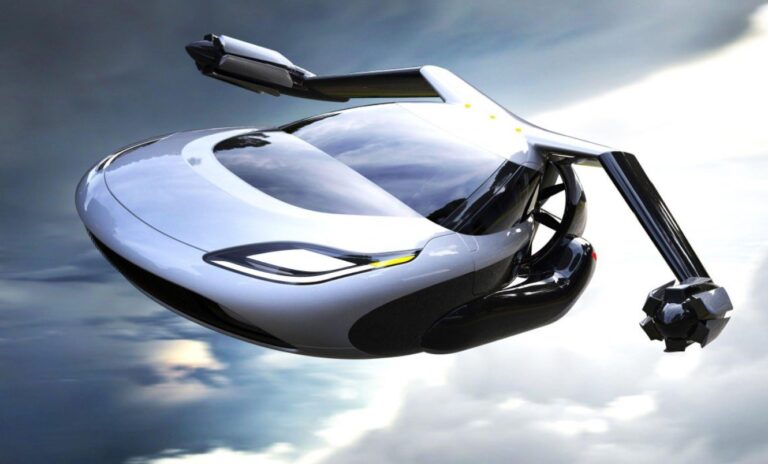They are the fundamental pillar of every sci-fi film from the dawn of cinema to today: flying cars. Today, this imaginative reality that was previously only viable through imagination could be closer than we think.
Like any other tech sector, the field of mobility is constantly evolving and, in the last decade, interest in the flying vehicle sector has reached unprecedented heights.
Among the many pioneering companies, Xpeng Aeroht, a subsidiary of the Chinese Xpeng Motors, which today becomes one of the most promising players close to transforming the concept of a flying car into a concrete and, perhaps, commercially viable reality.
Table of Contents
What the flying cars of the future will be like
Founded in 2014 in Guangdong, Xpeng Motors soon diversified its interests in the field of sustainable mobility, creating the Aeroht division (initially Heitech) in 2013, which was subsequently acquired.
This branch focused exclusively on 3D vehicles, capable of moving both horizontally and vertically, exploring the potential of so-called eVTOLs (electric Vertical Take-Off and Landing vehicles).
Xpeng Aeroht’s interest in flying cars has taken concrete shape over the years, culminating in the launch of several prototypes. The best known of these is the X2, presented in 2021 as a large drone capable of carrying two people.
Featuring both autonomous and manual piloting capabilities, this model marked a turning point, actually flying in Dubai in 2022 during Gitex, one of the most important technology fairs globally.
Among the technical specifications of the X2:
- Maximum speed: 130 km/h
- Flight duration: 35 minutes
- Cruising altitude: between 300 and 500 metres
- Weight: 360 kg, thanks to the use of carbon fibre
With an estimated price of around $230,000 – just under the starting price of a Lamborghini Hurracan – the X2 today represents an extremely niche solution, but also the beginning of a possible revolution in the field of mobility if this sector were to unlock sectors of broader market.
Are flying cars already in production?
To date, it is still premature to talk about commercialization. However, the Chinese company is already developing solutions to allow its vehicles to adhere to the rules and regulations of the automotive sector so as to think about democratizing flying cars in the future.
In 2023, Xpeng Aeroht introduced another revolutionary concept: the “Modular Land Aircraft Carrier”. This vehicle, described as a six-wheel-drive electric van, can carry up to five people and houses an eVTOL aircraft in the rear compartment.
Despite considerable progress, the path to manufacturing and commercializing flying cars remains complex, primarily due to regulatory and technical challenges. But that doesn’t mean it will be decades before you can get behind the wheel of one of these revolutionary vehicles.
With pre-orders of the Modular Land Aircraft Carrier scheduled for 2024 and deliveries in 2025, Xpeng Aeroht’s vision could soon become a tangible reality, marking the beginning of a new era in transportation history.
Read also: Green air travel: the technologies that make it possible












